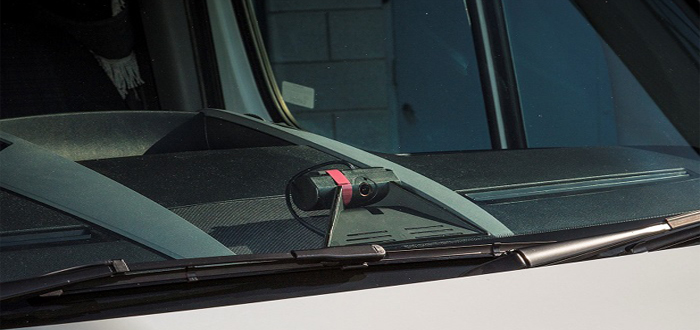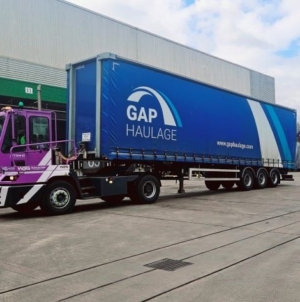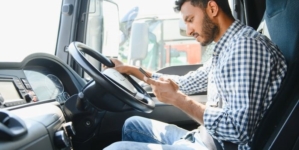-
Nutrivend selects Forterro’s Orderwise to support online expansion and streamline operations - April 11, 2025
-
ARROWXL LAUNCHES AMBITIOUS ZERO WASTE ROADMAP - April 8, 2025
-
THE BCMPA’S NEW CAMPAIGN DRIVES OUTSOURCING SUCCESS IN Q1 - April 7, 2025
-
BLACKOUT TECHNOLOGIES TARGETS TELEMATICS-INTEGRATED MOBILE DEVICE BLOCKING TO COMBAT SMARTPHONE DISTRACTION - April 1, 2025
-
OpenADR Alliance announces first OpenADR 3.0 certified products with EVoke Systems, E.ON Energy and Universal Devices - March 25, 2025
-
Growing fulfilment and contract packer appoints new Managing Director - March 25, 2025
-
When is it time to invest in a WMS? Understanding the key trigger points - March 25, 2025
-
eCapital helps Vantage Recruitment on its journey to financial success - March 24, 2025
-
Hugo Beck Celebrates 70 Years of Packaging Innovation with Open House Events - March 20, 2025
-
PROLOG FULFILMENT SUPPORTS LUNA DAILY’S COMMITMENT TO BETTER BODY CARE FOR ALL WOMEN - March 19, 2025
MAKING THE MOST OF CONNECTED CAMERA TECHNOLOGY REQUIRES JOINED-UP, MANAGED APPROACH CLAIMS INTELLIGENT TELEMATICS .
Commercial fleet operators will only unlock the true potential of 3G vehicle cameras by having appropriate processes in place that reduce exposure to risk and better control insurance costs according to Sam Footer, Director of Intelligent Telematics. Speaking at Willis Towers Watson’s (WTW) annual Transport Forum, he said that simply having access to video footage would not maximise the savings potential without taking a joined-up approach that takes advantage of driver behaviour monitoring, first notification of loss (FNOL) and proactive claims handling.
“While having a technology solution that is fit for purpose, it is equally important for commercial fleet operators to have access to the necessary resources to use the available data quickly and efficiently,” explained Footer. “Whether this is an internal function or via a fully-managed, third party solution, these companies need to make the most the ever-increasing amount of operational data they have access to.”
In particular, First Notification of Loss (FNOL) is increasingly seen as a way of reducing third party costs, improving claim liability defence and increasing fraud detection. However, to take full advantage of a connected camera solution it is essential to proactively monitor generated alerts and achieve Third Party Intervention (TPI). This should include a dedicated team to liaise directly with the driver following an incident and any third-party to offer support, capture details and organise any repair and car hire needs.
Using FNOL as part of a proactive claims management process offers a highly-effective means assessing liability and managing the claims life-cycle quicker and more accurately to reduce insurance costs. For example, figures taken from commercial fleet operators using its IT1000 and IT2000 3G vehicle cameras as part of a full-managed solution show an average saving of £1,860 per claim, as well as a 25 per cent increase in denial rate and a 45 per cent reduction in the average days to settle a claim.
“With spiralling insurance costs, commercial fleets are looking for effective ways of reducing exposure to risk and better controlling insurance costs. Connected technology does offer a means of achieving this, but will only deliver the desired results as part of an appropriately planned and managed approach,” concludes Footer.
The 2017 Transport Industry Forum, hosted by the Willis Towers Watson UK Land Transport Practice, was held at the Coventry Transport Museum on Thursday 12th October. The event, attended by more than 70 people made up of transport operators along with insurance, legal and health & safety professionals from across the UK, consisted of a series of presentations and interactive Q&A sessions based on the theme: Motor Risk Management – the importance of an engaged workforce and technology.

































